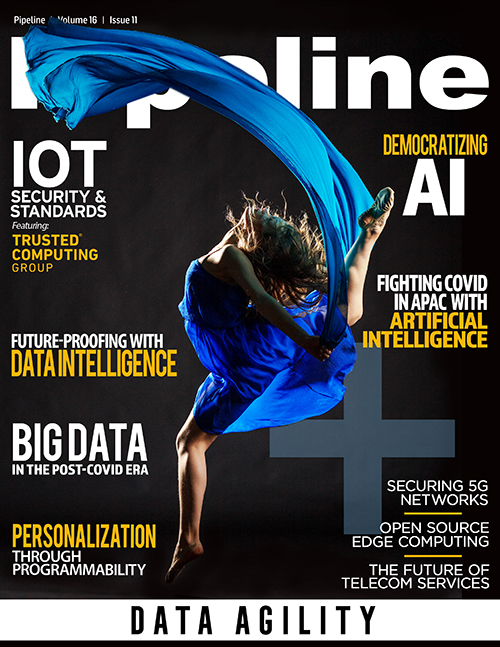Future-proofing business with data intelligence
By: Martin Laesch

In our digital age, data is evolving every aspect of our lives, from business to leisure. In fact, data has become a rich source of value, storing information that is key for mapping the future of our habits and lifestyles. In enterprise, the same data is crucial for predicting consumer behaviors and developing dynamic business models that effectively and efficiently meet customer demands as they change. The speed at which data is generated in the business sector today is unprecedented, giving enterprises volumes of valuable data to inform business opportunities and drive performance. To do so successfully, however, the value of key data must be harnessed to avoid the risk of falling behind in the market. This is the driving force behind business growth and efforts to gain a competitive edge in the industry today.
As a result, enterprises constantly face the challenge of managing complex data records to optimize data intelligence. Newly adopted technologies such as Artificial Intelligence (AI) and Machine Learning (ML) have enabled enterprises to extract the value of data to inform key business decisions and reach its full potential. In a highly competitive market, enterprises must integrate AI and ML technologies to overcome these barriers and drive business growth and success.
Putting the odds in your favor
Less than 30 percent of organizational digital transformations succeed. This is due to a number of factors, including market growth and pace. The hyper-competitive business environment that has been cultivated by the rise in data traffic and value has created unprecedented pressure on businesses. Right now, organizations are forced to choose between reinventing their business to prioritize data management and processing or falling behind. In failing to keep up with the market disruption, enterprises are also failing the expectations of their customers.
According to Gartner, although it is clear that data and analytics are key elements of digitization and transformation within business, fewer than 50 percent of documented corporate strategies mention data and analytics as part of their enterprise value delivery. This results from the expense required to transform data networks so urgently and so thoroughly. With the need to invest significant amounts of money to ensure the fastest turnaround, least amount of downtime and highest quality, many organizations are apprehensive to spend what is needed, with fears that ROI and revenue will suffer. As a result, they become stuck in a traditional, analog business culture, unable to realize their full potential.
Information filtration
To succeed in digital transformation, organizations must prioritize their data and decide how best to analyze, review and compile the most critical information from different systems across their internal network. Once harmonized, the filtered data must be transmitted to new systems easily, without error or mistranslation, to truly reinvent the business. Failure to perfect any of these steps, from flow to quality, will result in loss of valuable information and slow communications, decreasing efficiency and lower ROI. Meanwhile, failing to take the risk is set to cost businesses $9.7 million per year in poor data management from lost opportunities and reputation harm. With the walls closing in on organizations to make the transition, there is much at stake.
By using a full-coverage digital transformation platform, these concerns can be reassured. Automated information governance solutions analyze complex data landscapes to filter the most crucial information based on learned criteria, allowing organizations the opportunity to make more informed decisions. Information governance uses defined roles, processes and policies to manage data assets and ensure their integrity, accuracy and security. This strategic approach is paramount in managing data effectively to optimize operations; without this structure, valuable data is made vulnerable by human error, increasing the risk of its being lost, leaked or



















